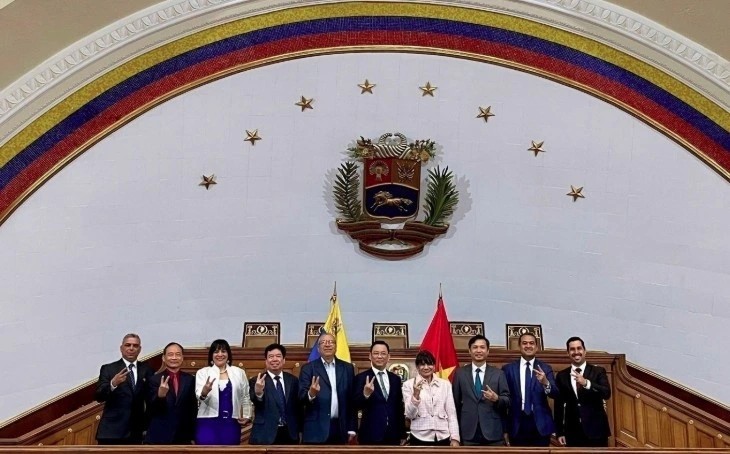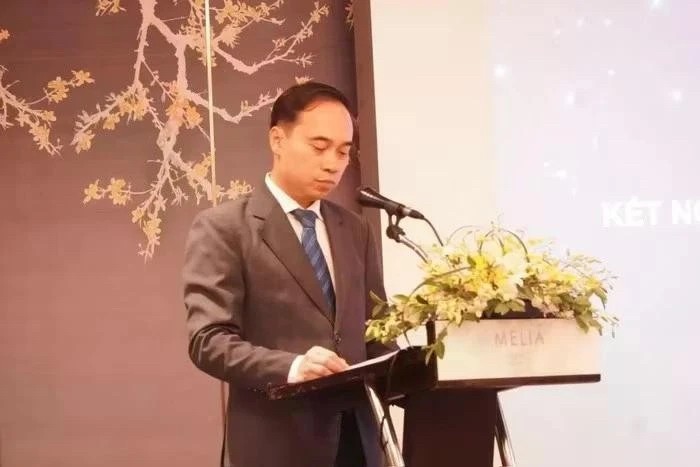Vietnam Ascends to World’s Second Largest Garment Exporter
| Exporters to US Advised to Pay More Attention to IP Rights | |
| Experts Share Guides for Vietnam Exporters to Enter Eurasia Markets |
At a meeting in Hanoi on December 25 to review Vinatex’s business operations and outline plans for 2025, Vinatex's General Director Cao Huu Hieu said Vinatex will pursue sustainable development across the environment, society, governance, and finance (ESGF) next year.
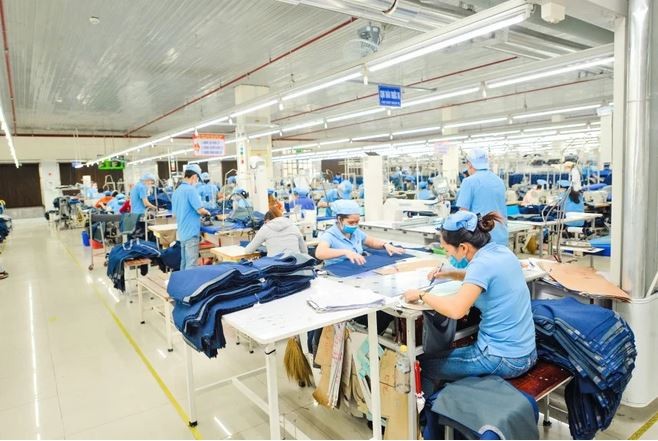 |
| Vietnam has become the second biggest garment exporter globally. |
Specifically, it will renew management practices through digital transformation and the adoption of best corporate governance models, including the integration of automation technology and artificial intelligence which is also meant to reduce reliance on laborers.
Deputy Chief of the Vinatex Office Hoang Manh Cam highlighted the positive growth signals emerging from major import markets like the US and EU, where economic recovery and increased consumer spending are creating a promising outlook for the textile and garment industry. He also pointed out the significant opportunity presented by the shift of orders from Bangladesh, which could greatly benefit Vietnamese textile enterprises.
While the first half of 2024 saw only modest improvements, the latter half experienced a dramatic surge in orders, fueled by unexpected political upheavals in competing nations. Despite these hurdles, Vinatex and the broader industry maintained a growth trajectory, with no units reporting losses. The group's consolidated revenue is estimated at VND 18.1 trillion (US $724 million), a 2.8% increase year on year, while consolidated profit is projected to reach VND 740 billion, up 37.5%. Additionally, the average monthly income of employees rose by 8.9%, reaching VND 10.3 million.
Hieu attributed Vinatex’s successes to the exploration of new and niche markets with specialized, hi-tech products such as fire-resistant fabrics and clothing, developed in partnership with the UK’s COATS Group. The group has also focused on developing new filament core yarns and blended fibers, alongside adopting an enterprise resource planning (ERP) system to optimize business resource management.
It also held conferences and seminars on sustainable development and adoption of environmental, social, and governance (ESG) practices. It is directing investments toward building a second wastewater treatment plant with a capacity of 8,000 cu.m per day and night, complementing the existing plant with a capacity of 10,000 cu.m at Pho Noi Textile and Garment Industrial Park in Hung Yen province, toward creating a model green textile industrial park in the northern region.
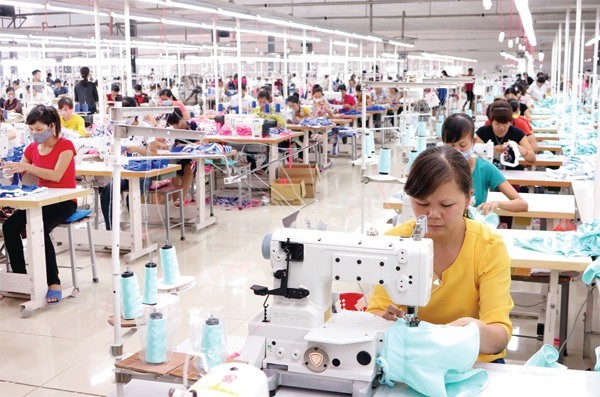 |
| the industry has set an ambitious export target of US $47–48 billion for 2025. |
This achievement came despite numerous challenges, including market complexities. Building on this momentum, the industry has set an ambitious export target of US $47–48 billion for 2025.
To meet these goals, textile enterprises must address challenges such as small order sizes, rapid delivery times, and competitive pricing. Companies are focusing on improving labor skills, enhancing productivity, implementing policies to attract and retain workers, and ensuring sufficient resources for production and growth.
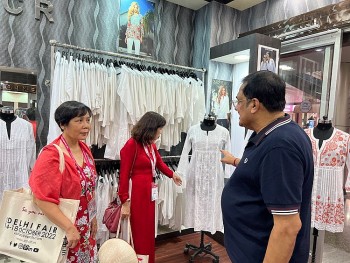 | Vietnamese garments-textiles promoted in India Sixteen Vietnamese firms are participating in the 67th India International Garment Fair (IIGF), the biggest of its kind in the South Asian country. |
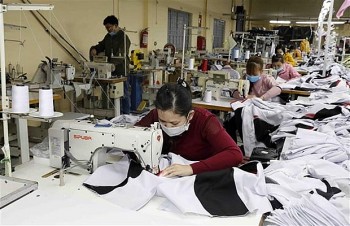 | Vietnam, RoK Textile Associations Sign MoU The Vietnam Textile and Apparel Association (VITAS) and the Korea Federation of Textile Industries (KOFOTI) have signed a memorandum of understanding (MoU) to strengthen bilateral ... |

